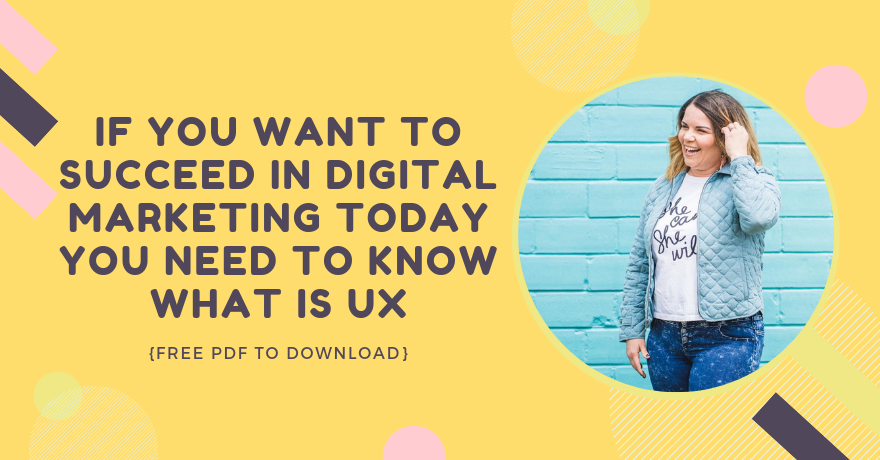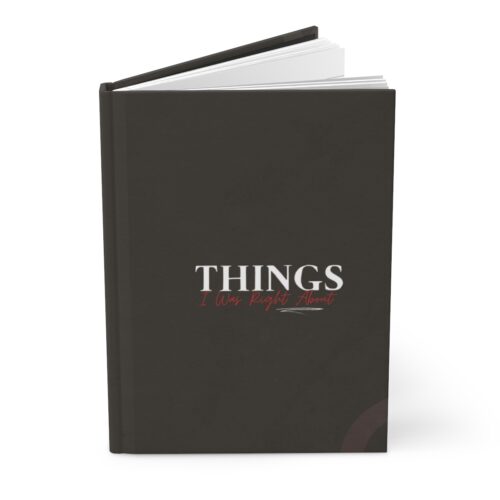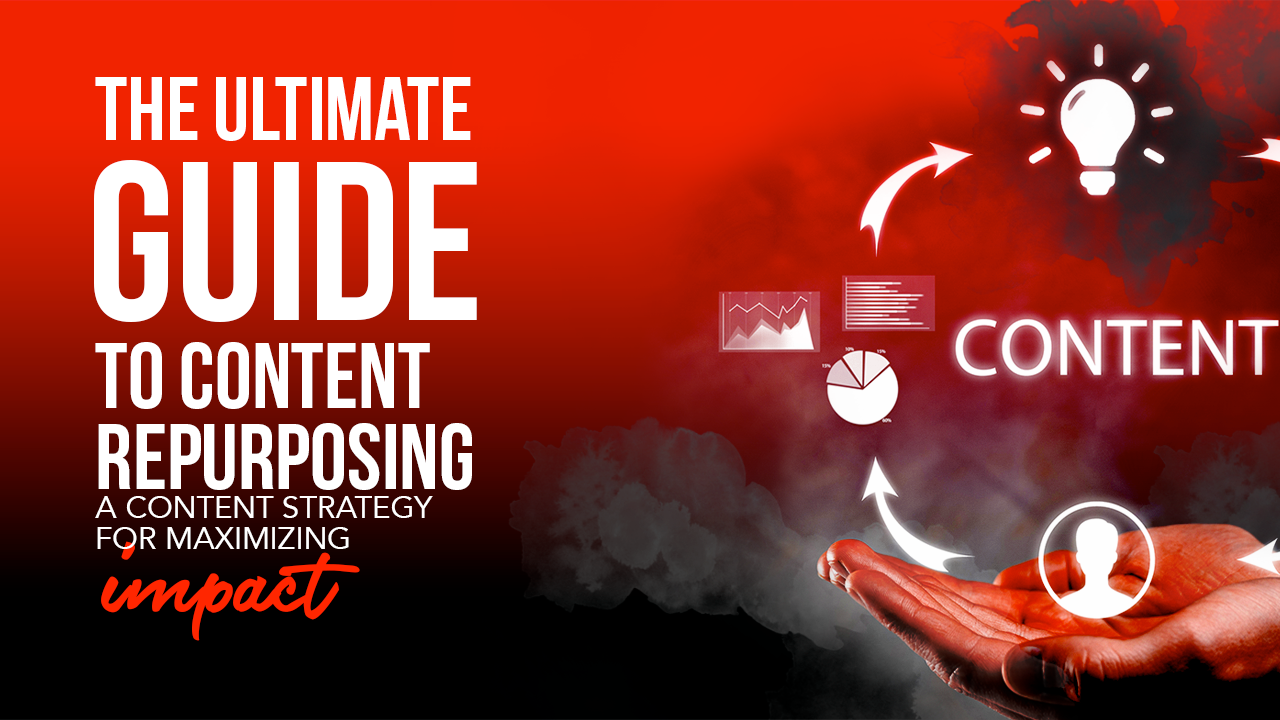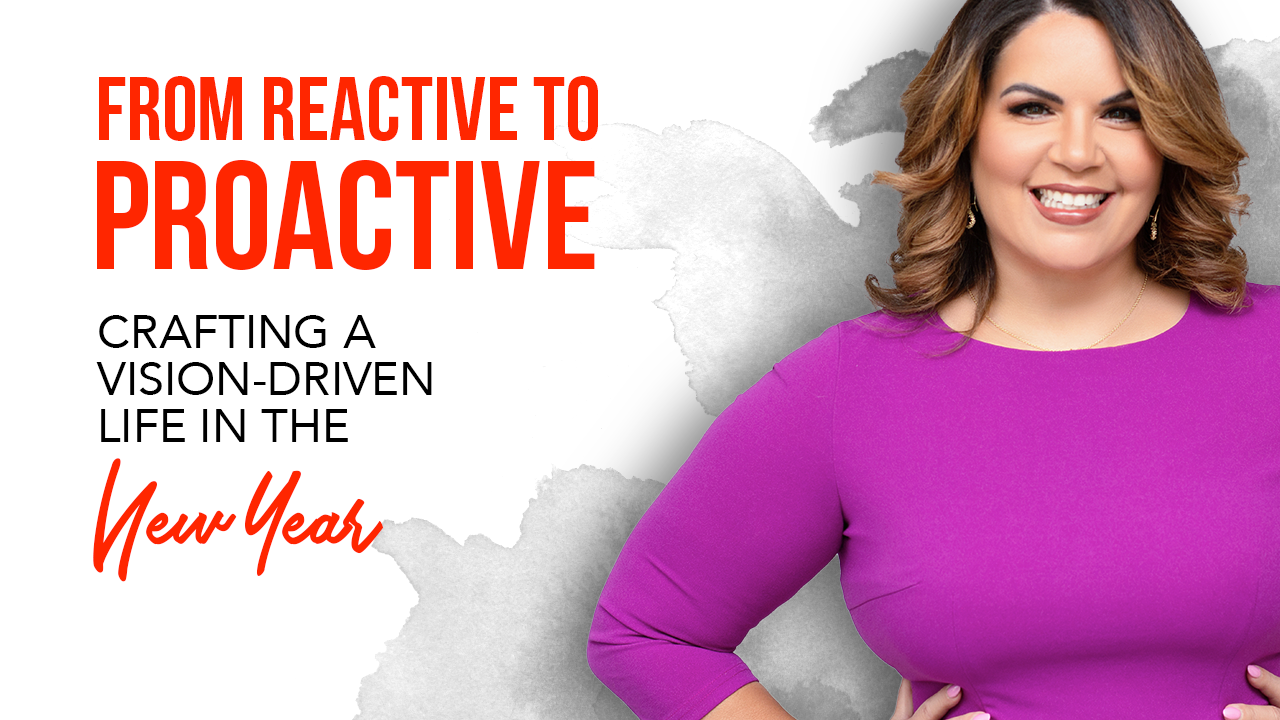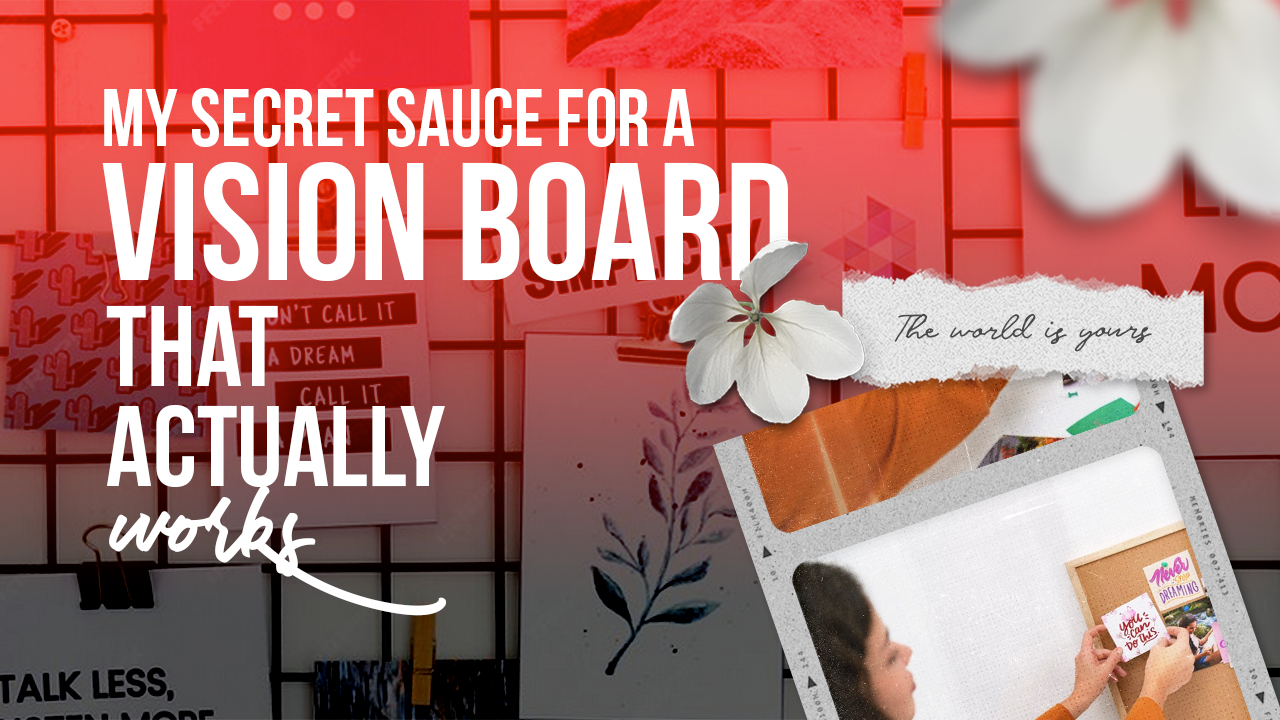In the modern digital economy, “UX” is the latest buzzword. Organizations everywhere are looking for creative thinkers capable of transforming their businesses through imaginative interfaces and beautiful user experiences.
But What Is UX Anyway?
If you’ve recently heard about this and want to know a perspective from a marketing educator who is not an engineer, you will enjoy reading this!
UX is user experience. And you are interacting with it every single minute you’re in front of your phone or your computer. You just don’t know the word and the meaning, just yet.
After hundreds of hours of research, I’ve curated the best stats and facts that will enlighten you about user experience and why it matters today more than ever.
UX Overview – Strategy
By definition, a UX strategy is the plan and approach for a digital product. UX strategies help businesses translate their intended user experience to every touchpoint where people interact with or experience its products or services.
Brands have been implementing user experience strategies for a while now. My favorite example is Amazon.
I found an article in Quartz that shows a screenshot of Amazon’s home page circa 1995 (see below). In today’s digital everything world, this website won’t make the cut.
Here’s what is interesting about this dinosaur-looking website!
At the time, of course, the discipline of user experience design for the web was in its infancy, just like Amazon itself. But, as Amazon grew from fledgling bookseller start-up to the world’s largest internet-based retailer, it thought about the ROI of UX and continued to invest heavily in providing the best possible user experience for its customers.
Why? Because the company realized there was a direct connection between the quality of the user experience and the bottom line. As founder Jeff Bezos noted back in 2000 about those early days:
“In our first year we didn’t spend a single dollar on advertising… the best dollars spent are those we use to improve the customer experience.”
Hmmmmm … I think we are into something!
Amazon reasoned that if they could improve the customer experience to the point where they could easily find what they wanted and buy it with a couple of mouse clicks, then sales would grow. And grow they did! Take a look at Amazon’s path to $1 trillion in revenue.
What can we learn about UX from the Amazon example?
The primary takeaway from my perspective is that it clearly illustrates the direct relationship between the quality and sophistication of the user experience and the bottom line. Any good design obviously needs to weigh the specific business objectives of an application against the user experience, so it’s not surprising that there is a strong link between the two.
This was the case with Amazon as it launched and continually refined its e-commerce website, and it’s the case today for companies developing software applications for consumers and businesses.
An outstanding user experience can have a positive, quantifiable impact on the business in several ways, whether it’s saving money, selling more product, or increasing customer loyalty and satisfaction.
I think every business owner needs to have marketing budget to implement user experience strategies. But where to start?
Mapping The User Persona
What does this mean? Getting granular about all the qualities you know about your future buyers, beyond the demographics and their pain.
✔️How much do I know about their digital behavior?
✔️Where do they engage with brands?
✔️What kind of customer service channel do they prefer? Email? Chat? Bots? Phone?
✔️What kind of visual design this person would prefer?
✔️How do they use social media?
✔️If your online users go to a physical store, what do they expect?
Consumers are savvy. This is why a very low amount of them respond to traditional advertising practices anymore.
Experts have found that you are 276.74 times more likely to climb Mt. Everest than click on a banner ad.
Sadly, I hear marketing agencies saying that PPC is the only thing that has a real ROI.
If users don’t engage with banner ads when they are searching, what kind of human computer interaction they prefer?
The answers are all part of UX design scope. This is exactly what user experience consultants do. Making sure that your digital marketing efforts match the end-user experience. That’s where you see conversions happening.
Decision Mapping
As a forensic marketer, I’ve always been fascinated with blueprints, maps, and algorithms, which is the reason why user webflow is one of the favorite things I do.
When you build a website these days, you no longer buy a template with a pretty homepage. It’s all about mapping the experience that you want to create for your users when they are navigating. Especially from mobile.
Empathy maps and customer journey maps are great tools to analyze your user experience. The goal is to understand the user’s mindset. It sounds like common sense, but sadly, it’s not how most websites have been designed.
A customer journey map is a visualization of the process that a person goes through in order to accomplish a goal tied to a specific business or product. It’s used for understanding and addressing customer needs and pain points.
In its most basic form, journey mapping starts by compiling a series of user goals and actions into a timeline skeleton. Next, the skeleton is fleshed out with user thoughts and emotions in order to create a narrative. Finally, that narrative is condensed into a visualization used to communicate insights that will inform design processes.
Social Media & UX Trends We Can’t Ignore
Social media channels, rather than being transactional channels, serve as a communication channel. For this reason, it’s important for social media specialists to redefine their game plan.
Is It Time To Implement Omnichannel Marketing?
Multi- and omnichannel approaches differ in that omnichannel marketing really puts the customer at the core to ensure a completely consistent, unified experience at every touch point as opposed to simply enabling that touch point. You can think of it this way, too: multichannel means many, omnichannel means all (the customer is literally at the center).
In fact, companies with well-defined omnichannel customer experience strategies in place achieve a 91% higher year-over-year increase in customer retention rate on average, compared to organizations without omnichannel programs in place.
For a good example of seamless omnichannel marketing, think Disney—Walt Disney World, to be exact.
For park visitors, the omnichannel experience starts right away with its trip-planning website. After making a reservation, future guests are prompted to download the My Disney Experience app, which lets them explore the park’s interactive, GPS-enabled map; check wait times; buy tickets; and learn more about scheduled events and restaurants.
During their vacation, guests can use the same app to manage their itineraries, store and edit photos, and even play games while waiting in line.
Then, there’s the Magic Band: A wristband that doubles as a Fast Pass, room key, photo storage device, and cash register.
For more inspiration on Omnichannel Marketing, this article from Hubspot is great!
A Minimalist Approach To Social Media
Now that we are leading your online marketing strategy from the UX perspective, it is totally ok to minimize the number of platforms you use to promote your brand.
Maybe go from seven accounts to three or four quality channels that align with the vision of your brand. Focus on the health of your brand by growing customer relationships and contributing to a conversation. Just think of the kind of value this could add to your business.
The hard part of pursuing a minimalist social media strategy is selecting which channels are the ones that will bring you the most value. I think it’s also hard because of FOMO (fear of missing out). I see this a lot!
Again, lead your decision thinking of the kind of experience this could add to your users. And for sure, start with your website!
If you were looking for ways to increase your customer acquisition, customer engagement, retention, and loyalty, I really hope these UX stats and facts added value to your game plan!
Want to get connected and receive more UX hacks? Let’s get you on the UX list so you don’t miss anything! We are bringing more amazing content and feature UX local consultants like UX With Ease so you can have nothing but the best.

